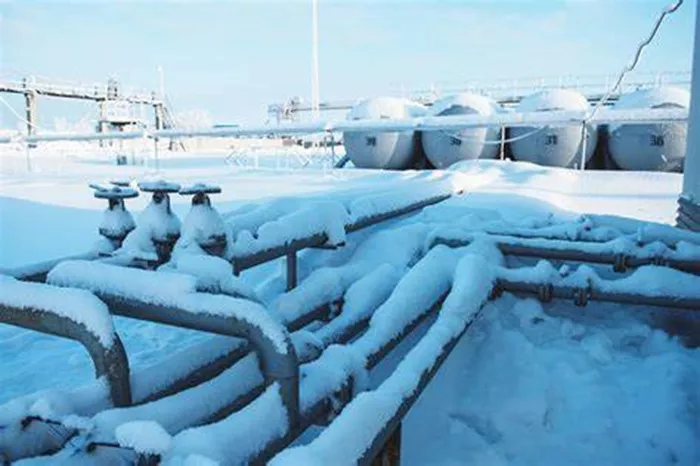The U.S. Energy Information Administration (EIA) issued a warning on Monday that a colder-than-usual winter in the Northern Hemisphere could lead to tighter global natural gas supplies and push prices higher. This comes after two unusually mild winters, which helped keep gas prices low and markets well-supplied.
The EIA noted that the transition from El Niño to La Niña climate patterns this year could bring colder, drier weather to parts of the Northern Hemisphere, potentially driving up demand for natural gas. This shift could also spark competition between Europe and Asia for liquefied natural gas (LNG) supplies, further tightening the market.
La Niña, which typically results in lower temperatures and drier conditions, is expected to contribute to an increase in natural gas consumption, especially if sustained colder weather impacts key regions.
The EIA also highlighted several factors that could further strain global gas supplies. These include limited expansion of LNG export capacity, primarily in the U.S., and the possibility of reduced pipeline gas flow to Europe if the Russia-Ukraine gas transit agreement is not renewed at the end of the year.
In addition, operational challenges such as delays in new LNG projects, unplanned outages at export terminals, and geopolitical instability could disrupt the global supply chain.
In the U.S., colder weather is already affecting inventories, which could lead to higher LNG export prices. The EIA warned that unexpected production shutdowns or freeze-offs could further escalate prices on the international market.
According to the EIA’s latest short-term energy outlook, U.S. LNG exports are expected to average 13.7 billion cubic feet per day this winter, marking an 8% increase compared to the 2023-2024 winter. Recent weather patterns, including the first cold snap of the season, have already caused a spike in U.S. natural gas prices, with the EIA reporting its first inventory withdrawal of the winter season.
Related topic:
What Time Is Eia Natural Gas Report?

